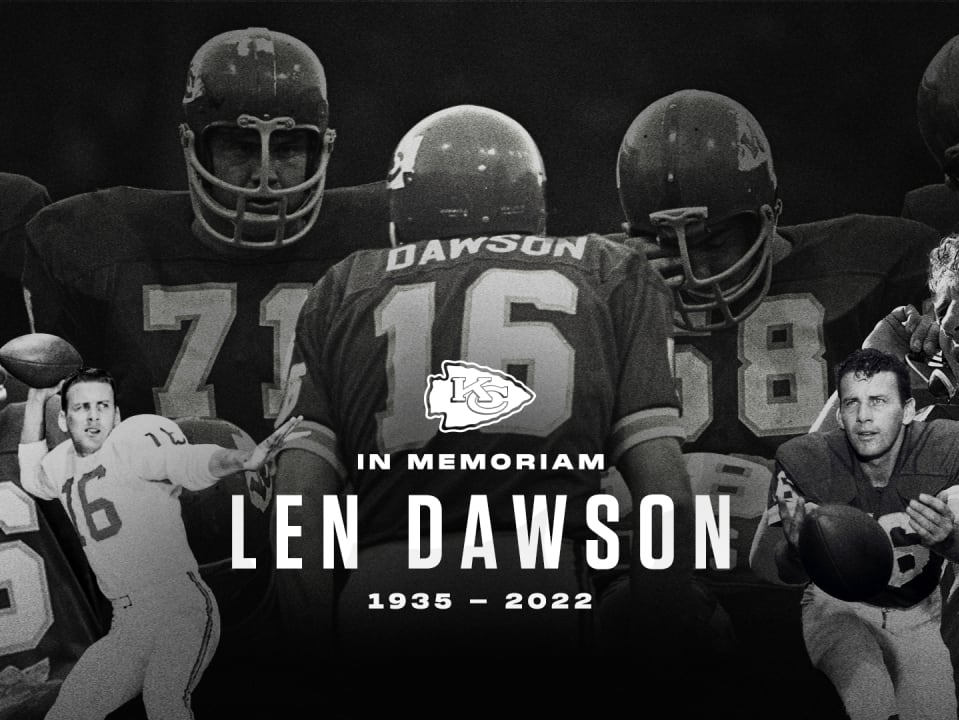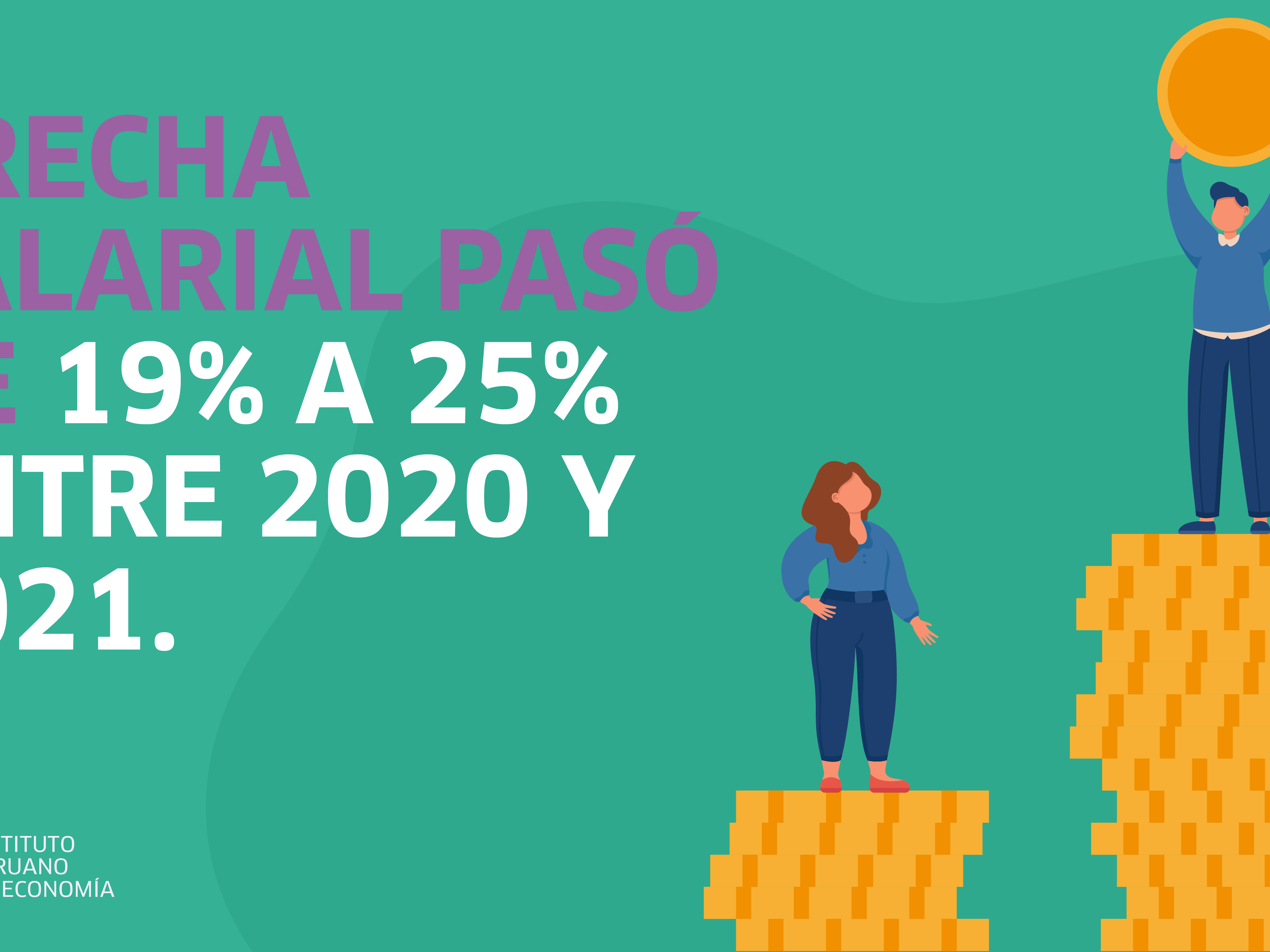Children’s Maps of the American Empire: A Conversation with Mahshid Mayar
MAHSHID MAYAR is a postdoctoral researcher in the Department of British and American Studies at Bielefeld University, Germany. She is co-editor, with Marion Schulte, of the essay collection Silence and Its Derivatives: Conversations across Disciplines (Palgrave Macmillan, 2022), and is currently working on Erasure: Poetics, Politics, Performance, a book project that interrogates the politics and poetics of silence and silencing in contemporary US poetry.
Mayar’s research and teaching interests include historical childhood studies, 19th-century cultural history of the US, new empire studies, 21st-century protest poetry and political literature, the history of race and racialization, and critical game studies. In her first book, Citizens and Rulers of the World: The American Child and the Cartographic Pedagogies of Empire (University of North Carolina Press, 2022), Mayar deploys archival evidence to develop an understanding of turn-of-the-century American children as ambivalent cartographers. By focusing on the way children consumed, engaged with, and adapted the maps and mapping practices of the American Empire, Citizens and Rulers of the World endeavors to show how imperial pedagogy and cartography, once in children’s hands, became both a personal and a political site.
M. BUNA: Socializing turn-of-the-century American children into the ways of the empire relied on employing “home geography” as a pedagogical tool to underline the comfort and “civilization” of familiar spaces, as opposed to colonized or racialized ones. In Citizens and Rulers of the World, you contend that, far from being mere performers of adults’ scripts, “turn-of-the-century American children […] consumed geographic knowledge and produced spatial narratives and cognitive maps of their own.” What were the marks of the cartography they envisioned in response to inherited maps drawn by the imperial pedagogy of the colonizing machine?
MAHSHID MAYAR: Growing up at the turn of the 20th century, for many American children, also meant learning to view the world through the lens of “home geography.” While “home geography” had originally been developed in the earlier decades of the 19th century as a pedagogical method that promoted and prioritized a localized approach in school geography lessons, its late-19th-century drafts were a product of, but also in conversation with, a starkly different moment in US national history. As professional geographers such as William Morris Davis, Richard Elwood Dodge, and Clara Barbara Kirchwey re-popularized the method, they inevitably responded to the transnational whims of an empire that had stretched its dominion across the globe. Therefore, the drafts of “home geography” that I study in my book scripted far messier lessons in world geography as they recorded far more aggressive views of “home” in terms of what/where/whom it included and what/where/whom it excluded, both within and beyond the immediate borders of the United States. Thanks to “home geography” as an imperial pedagogic tool, white, well-to-do, literate American children not only lived in the safety of homes (housing their immediate families, but also, symbolically, the nation), but many of them also learned how to identify and imagine “homes” on the map of the world.
https://open.firstory.me/user/cl5hzd1w101ta01tm1ce8hyzi
https://www.buymeacoffee.com/malashintia77/n-a-1303876
https://techplanet.today/post/4-2022-hd-2
https://wakelet.com/wake/THOn1RaFBw4nrfu9W7GNC
https://peatix.com/event/3300761/view?k=1274dc07d0b55c26f5c881b0510d589671cf184c
https://ecs.instructure.com/eportfolios/3413/Home/4_2022HD__TWHK
https://www.deafhoosiers.com/profile/malashintia77/profile
https://open.firstory.me/user/cl5i19qm901wa01s015er0p0b
https://www.buymeacoffee.com/melaninarsB/n-a-1303910
https://techplanet.today/post/2022-1080p-hd-quality-3
https://wakelet.com/wake/qajMkKa-K_xVA6OYd4uFL
https://peatix.com/event/3300802/view?k=7c0d758dc3bdfd6c882d3349b3274b545fc4c7f8
https://ecs.instructure.com/eportfolios/3414/Home/__Minions_The_Rise_of_Gru__2022
https://www.pueblozoo.org/profile-1/minions2fullversiontw/profile
https://www.deafhoosiers.com/profile/melaninarsha/profile
https://www.managingmatters.com/profile/minions2chinesetaipei/profile
https://www.happyvalleybeer.com/profile/minionsfulltwonlinehd/profile
But what this duo of identification-imagination entailed was no less messy. On the one hand, as “home” became ever more closely associated with whiteness, literacy, hygiene, heteronormativity, and Christian values, the resident children of such “ideal” homes would look for spaces, both inside and outside the United States, that they could immediately, or after brief consideration, identify as comparable to the model. Such a comparative approach, which was strongly advocated by school geography teachers, was sure to result in an understanding of the world in which homes inevitably neighbored spaces that could be identified as non-homes. This turned school geography into a site where exclusionary, exceptionalist views of the world took root in childhood. On the other hand, children could also imagine what other homes and non-homes looked like, could fantasize about who lived in a home or was excluded from it. Consequently, the cognitive maps children developed, to which we have access through the scant archival records they left behind (i.e., geographical puzzles they designed and printed in juvenile periodicals), show great degrees of nativism and racism. As relatively marginal scraps in a multitude of records that I understand as scripts of empire, children’s cognitive maps further mixed nativism and the logic of colonization with playful, appropriative scalar confusion, and an intimate, often unquestioned sense of belonging to the global expanse of an empire that was no less saturated with the imperial views of those times.
Domestic playthings included dissected or “puzzle” maps that were more than mere educational toys provided by adults trying to administer children’s playtime. Writing that “dissected maps are both the ideological offspring and the material agents of colonial violence,” you bring up what you call reinscriptive cartography. How can this be a useful concept when trying to understand children’s pastimes in hindsight?
Dissected maps — that is, maps mounted on cardboard or wood and then cut into smaller pieces that children were to put back together — are a generative example of the ways imperial pedagogy (and the violence it promoted under the cover of such seemingly benign notions as “home geography”) found its place outside formal education, in children’s lives outside the classroom. I view these maps as “the ideological offspring and the material agents of colonial violence,” mainly because their very act of production — i.e., dissection of a larger cartographic whole into smaller units with a handsaw or scissors — most tangibly replicated the reckless violence inherent in the colonial practices of drawing up borders that resulted in displacement of peoples, cutting off their ties of kinship, and in genocide.
In return, playing with dissected maps was designed to keep children both silent and informed about the world the United States was keen on entering and colonizing; it invited children to assume a unique, complex role. Children would constantly vacillate between seeing themselves as cartographers in charge of the chaos of the various pieces and as reinscriptive cartographers who strove to restore the whole map out of its pieces. Therefore, in proposing to think of this pastime as reinscriptive cartography, I underline yet another clad-in-fun, innocent-looking aspect of imperial pedagogy that manifested itself in the form of playing with dissected maps (each consisting of smaller, cut-down spatial pieces), and amplified the colonial violence that defined any act of cartography in the age of empire. After all, it’s already a well-documented fact that, well before having been adopted as playthings in the United States, dissected maps had been designed to entertain and teach the children of King George III about the global spatial affairs of the British Empire.
As Robin Bernstein argues in her 2011 book, Racial Innocence: Performing American Childhood from Slavery to Civil Rights, “Most children — not just famous ones — are virtuoso performers of childhood, because most children understand with precision the behaviors that children’s things script.” Children devised their own geographical puzzles in order to develop their sense of belonging to a nation orchestrated by American adults. Is it fair to say, then, that children were not passive actors in this process?
I have based my arguments in Citizens and Rulers of the World on two premises: first, that childhood (whose uniqueness we tend to overlook in the face of its omnipresence) is shaped through, and mapped as, an at-once experienced and imagined space of endless exchanges; and second, that children, regardless of who they grew up into, not only performed scripts of childhood (as Bernstein convincingly argues), but also complicated and added to the scripts of empire. As I propose, this double scripting was characterized by an abundance of curiosity, misreading, and misrepresentation (including misspelling place names or misplacing them on the map of the world).
http://cpp.sh/56l7s
https://pastebin.com/6wmMPikE
https://rextester.com/VYARMM2521
https://filmtw.shivtr.com/news_entries/461871
https://coliru.stacked-crooked.com/a/9a60e8eb50a946ce
https://yamcode.com/zqbtq02rrk
https://paste2.org/ZJ5f5wVG
https://muckrack.com/tre-josian/bio
https://ideone.com/P6LfoD
https://controlc.com/af611087
https://p.teknik.io/zutyX
https://ide.geeksforgeeks.org/311eced6-0804-41f2-a9d4-512024e330ad
https://paiza.io/projects/lRcilxLJUZ_whhy_fGrh9A
https://onlinegdb.com/-1tPuYAcS
https://bitbin.it/HSbkRgs1/
https://tech.io/snippet/LemJUsk
https://txt.fyi/-/22192/c7176f49/
https://pastelink.net/nqk1vvz8
https://dotnetfiddle.net/RkpW1A
https://pasteio.com/xRahr9mBQ6Tz
https://www.pastery.net/hkjvhs/
https://paste.toolforge.org/view/9573b82b
http://ben-kiki.org/ypaste/data/56723/index.html
https://jsfiddle.net/adikate954/umf97akz/
https://paste.cutelyst.org/S4HKJ2rNS
https://paste.firnsy.com/paste/NjozGhkFz0F
https://justpaste.it/53wcv
http://paste.jp/4d878a0f/
Children designed puzzles that, as the title of the chapter where I discuss them suggests, looked for places as far apart from one another as Amoy and Zanesville. Given the frequency with which juvenile periodicals of the time printed child-made geographical puzzles, children’s involvement in composing scripts of empire confirms that what motivated them to design geographical puzzles involved more than mere showing off of the basics of geographic literacy. Consequently, the study of children’s geographical puzzles as a collection of textual evidence they have left behind suggests that, in addition to assuming such roles as reinscriptive cartographers, children also wished to appropriate and recycle cartographic matter that they were exposed to (as puzzle makers) and to navigate and observe spaces far from home (as puzzle solvers) — a process I refer to in my book as “finger-tip journeys.”
Children’s fan letters to juvenile periodicals were another manner of documenting their adventures while traveling outside the American household. You mention that, in these letters, you haven’t encountered many references to immigrant, foreign, economically underprivileged, or nonwhite figures sharing the space with the children who wrote them. In what ways did children’s writing about the homes of “others” — whether boarding schools, tenement projects, or reservations — reveal how non-American spaces were (re)charted in terms of the American household?
As I argue throughout the book, “home geography,” more than anything, coded a neatly conceived, pedagogically sanctioned blueprint for exclusion and liminality. And this is best registered in the letters children wrote to Harper’s Young People and St. Nicholas, but also to other juvenile periodicals of the time (such as the long-lived Youth’s Companion). In these letters, we encounter American children writing about the towns and cities they come from and about their travels or studies abroad. In their writing about such spaces (homes and non-homes), children seem to have been aware of two coexisting spatial forces. As you rightly point out, it was their assumption that “(un)charted,” non-American spaces (both inside and outside the national borders) sought legibility as potential homes, as well as entry and inclusion in the American household, and that, if they did not do so, they were bound to recede into ruin/“savagery,” meaning that it would become the colonizers’ responsibility/burden to “restore” them through any means necessary. Take, for instance, the letters in which children frequently wrote brown and black bodies out of the present stories of the places they had called home for centuries before the arrival of settlers. Hawaiians, for example, were either completely absent from the letters white children sent while traveling or living on the islands — or, when they were mentioned, they were depicted as unintelligible, “pre-civilized,” child-like beings who inhabited the un-defined spaces between other “homes.”
When concluding that children consumed geographic knowledge in imaginative, playful, even subversive ways despite adults’ nation- and empire-building projects, your work also emphasizes that geographic knowledge is always conditional, provisional, and plural. Given that “childhood has been implemented as a metaphorical tool to mark physical dependency, psychological deficiency, or political immaturity,” why is it critical for children to record their quotidian practices mapping emergent worlds?
We can never know for sure whether children recorded their day-to-day encounters with, and speculations about, the idea of home and the geopolitical realities of the American Empire exclusively at the invitation of adults, or as an attempt to take part in the exciting “publics of childhood” that the juvenile periodicals had given shape to over the course of the 19th century. But either way, it is critical to study these records to find out how empires (what I characterize as “multigenerational power constellations”) survived by making accessible pedagogical scripts that children of the white and wealthy could learn from and appropriate as times changed. More crucially, they are critical to study because it is often through them that historians find early drafts of dissent toward colonial violence (even if playfully executed), and of deviation from binary thinking about colonialism (even if marked as “child-like” misreading). Last but not least, the study of childhood as a highly politicized yet pre-political category of dependence in the 19th century opens doors to more fruitful engagements with the ways childhood as an allegedly innocent, ambivalent project of growing up corroborated, was shaped by, and gave shape to the empire as an inescapably violent, racialized project.








